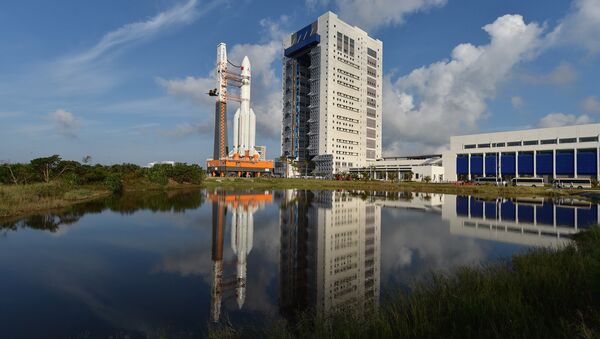On Tuesday, He Xing, executive vice president of the China Great Wall Industry Corporation, informed attendees of the World Satellite Business Week in Paris, France, that the third launch of China’s Long March, or Changzheng, 5 would probably come sooner than expected.
“The exact cause of the failure has been pinpointed,” the official said at the annual international conference on September 10, informing guests that China’s forthcoming launch date will “probably be in this year.”
The China Great Wall Industry Corporation is a subsidiary of the China Aerospace Science and Technology Corporation - the main contractor for China’s space program.
Back in July 2017, the heavy-lift carrier rocket's second launch was unsuccessful, despite weather conditions at the Wenchang Space Launch Center being favorable for the event. The Long March 5, which was transporting the Shijan-18 telecommunication satellite into orbit, is said to have flown for approximately 346 seconds before failing.
Almost a year later, the State Administration for Science, Technology and Industry for National Defense published a release that asserted the rocket’s turbopump failed in the first stage of the launch due to an “abnormality” in one of its liquid-hydrogen and liquid-oxygen YF-77 engines.
The executive noted that US International Traffic in Arms Regulations (ITAR) has prevented China from launching several large satellites, adding that the country is now “focusing quite a lot on small satellites, which are beyond the control of the ITAR regulations.” He further noted that the China Great Wall Industry Corporation “successfully delivered 35 small satellites into orbit” in 2018 alone.
Xing He, China Great Wall: expect China will build up a satellite constellation, which is why we foresee opportunities for small launchers. #WSBW
— Jeff Foust (@jeff_foust) September 10, 2019
With this and future moves, China expects to be able to create a network or “constellation” of over 800 satelites.


